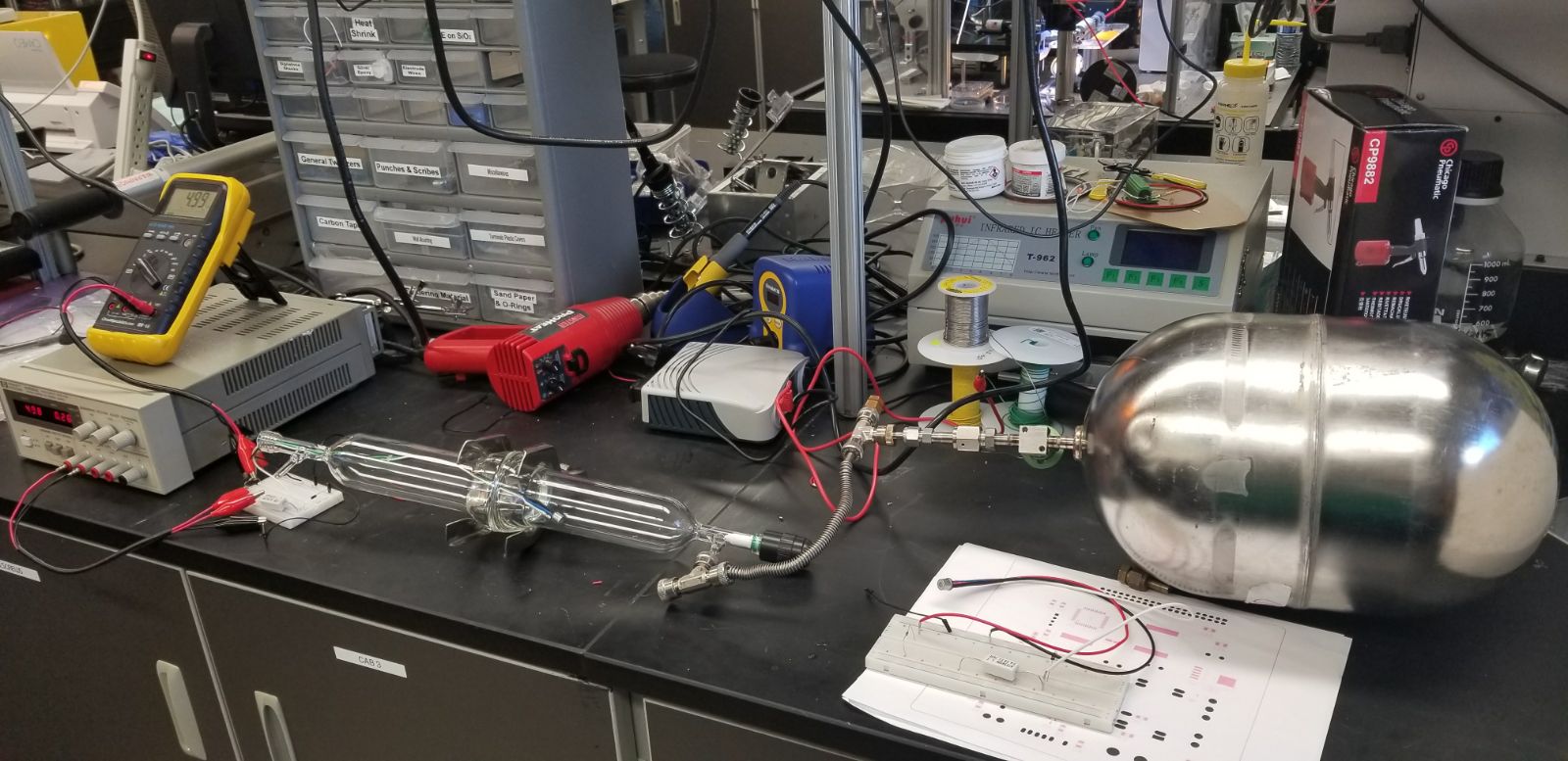Measuring the breath
Current Methods
Current methods for measuring and recording asthma medication compliance are almost archaic. These methods include:
- -Patient Self-Report
- -Pharmacy Records
- -Actuation Counts
Taguchi Gas Sensing Technology
Our patent pending design measures biologically inactive chemicals that are found within asthma medication, specifically the propellant. These chemicals remain in the lungs for very long periods of time, up to 10 days. After the initial administration, the propellant in asthma medication slowly defuses out of the lungs. We can measure this difference and correlate it to how long it has been since the patient has taken their medication.
The Expira Asthmonitor combines propellant detection with other widely used methods including: spirometry and % CO2. Having all these tools in one place will help both clinicians and parents monitor their children and provide a greater picture of how they are doing.
